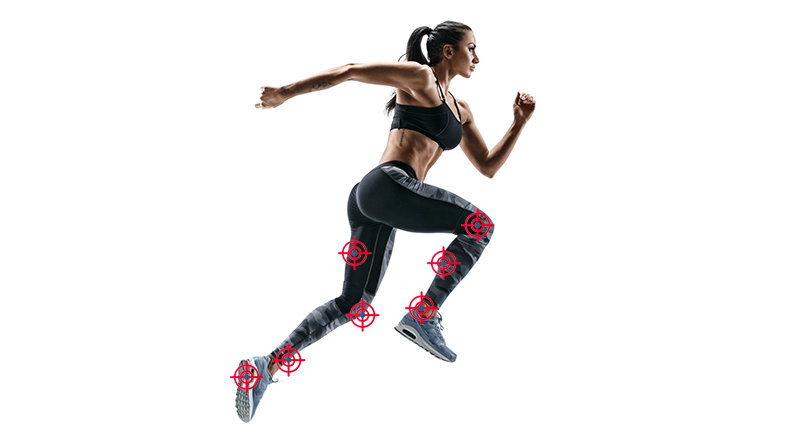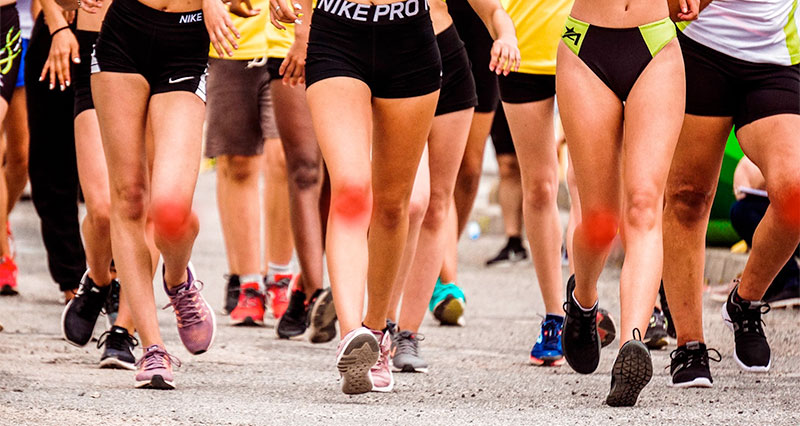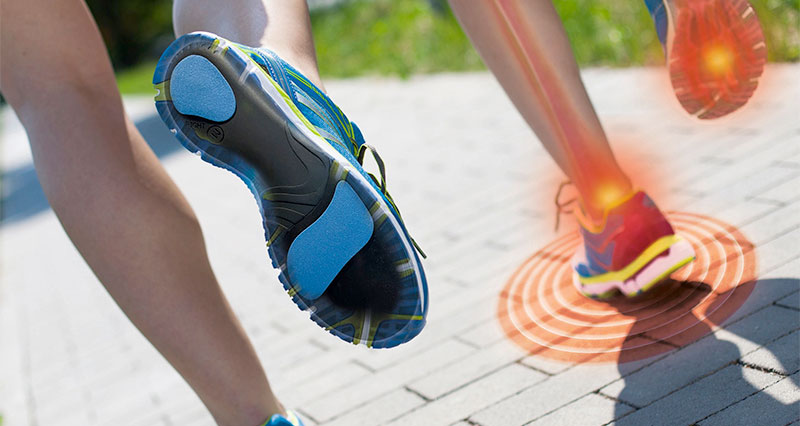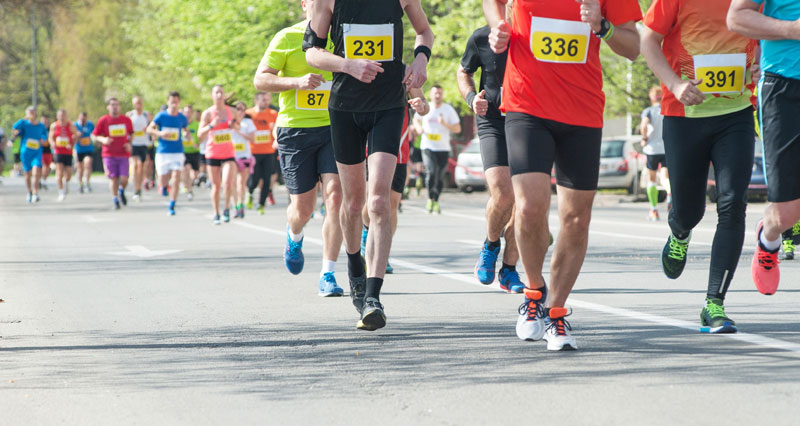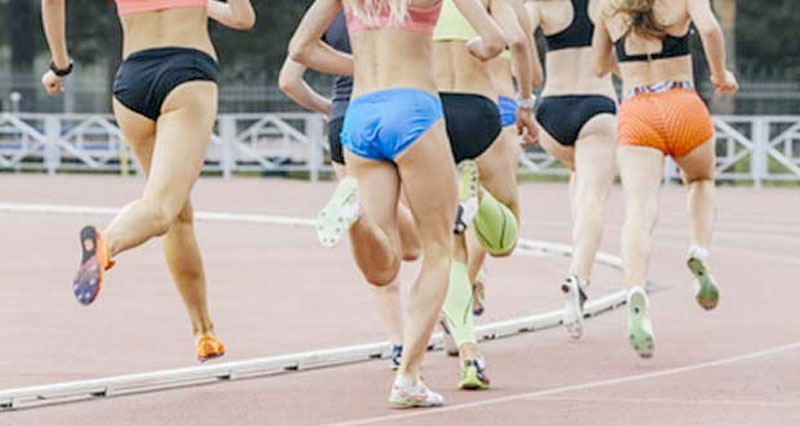Warning signs of potential running injuries. It is thought that approximately 50% to 60% of club and recreational runners experience injuries each year! Overuse injuries, by far the most common cause of running pain, are often easily avoided. Here are some early warning signs to look out for so you can manage them before they cause problems.
1. Sore shins
Warning sign
Press in along the inside of your shin, particularly the lower third. Pain and soreness on the inside of the shin usually develops gradually over time. As a result, you often miss it early on, or ignore it as a niggle. However, eventually it becomes so bad it affects your training and eventually forces you to stop. You may find when you begin running your shins are painful. However, once warmed up the pain goes, only to return again later.
Potential injuries
Actions
- Reduce training volume
- Check your running shoes are not worn and are correct for your foot type.
- Apply heat before you run and cold therapy immediately after training.
- Wear a shin or calf support.
- Apply shin taping when you run.
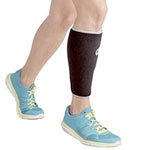
Shin & Calf Supports
2. Patella pain
Press down on and around the edges of your kneecap. Do you notice any swelling in one or both knees? Any pain or tenderness indicates potential patella problems. Other signs of patella pain include a dull pain around or behind the kneecap, particularly when running, squatting, or climbing stairs. Also, pain that increases after long periods of sitting with your knees bent.
Potential injuries
- Patellofemoral pain (Runner’s knee).
- Chondromalacia patella (more common in adolescent girls).
Actions
- See a professional who can check foot biomechanics and gait which affects patella alignment.
- Apply cold therapy after training.
- Stretch the quadriceps muscles and strengthen the VMO on the inside of the knee.
- Deep tissue massage to the quadriceps muscles.
3. Achilles pain
Press in alond the sides of your Achilles tendon. Are your Achilles tendons sore first thing in the morning or after a period of rest? Does your tendon appear thicker or swollen:? Although common, do not overlook Achilles pain when running, especially if you are male over 40 years of age (Achilles ruptures are more common)!
Potential injuries
Actions
- Reduce training volume.
- Apply heat before running and cold therapy after.
- Wear a heat retainer ankle support or Achilles brace.
- Check your running shoes are not worn and correct for your running style.
- Stretch the calf muscles.
- Wear a night splint or sock.
4. Heel pain
Press in under your heel, specifically at the point where your arch (plantar fascia) attaches. Do you have heel pain first thing in the morning which goes as you get warmed up? Or, do you notice heel pain and tenderness which becomes worse only when you run longer distances?
Potential injuries
- Plantar fasciitis (heel pain in the morning).
- Bruised heel (not painful first thing but becomes worse with increased activity).
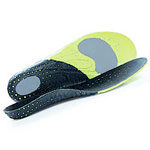
Arch Support Insoles
Actions
- Check your footwear is suitable and not worn out.
- Apply cold therapy regularly, especially after training.
- Wear a shock absorbing insole.
- See a professional for gait analysis.
- Stretch the calf muscles
5. Outside of the knee
Press in along the outside of your knee. Bend and straighten your knee whilst pressing on the Iliotibial band (ITB). Rub backwards and forwards over the ITB. Do you notice any knee pain which comes on later in a run, often at exactly the same time or distance? Is running downhill uncomfortable?
Potential injuries
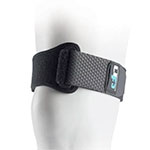
Buy ITB Straps
Actions
- Reduce training volume.
- Check footwear and running gait as overpronation is a factor.
- Apply cold therapy after training.
- Wear an ITB strap.
7. Muscle pain
Do you have overly sore muscles, or in particular, any knots, lumps or bumps in your thigh, groin or hamstring muscles? Whilst muscle soreness is normal, any localised knots or bumps could be an early warning sign that a muscle tear is possible.
Potential injuries
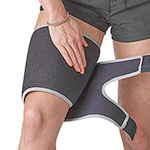
Buy Thigh Supports
Actions
- Reduce training load or rest.
- A deep tissue sports massage (regularly).
- Apply heat or soak in a hot tub.
- Substitute running sessions with cycling or swimming.
Summary
Ignoring these early symptoms can lead to more serious, long-term injuries. There are things you can do to mitigate the risk of injury. In general they are:
- Ensure your footwear is suitable for your running gait (overpronators).
- Reduce training volume or substitute other aerobic activities until your pain goes.
- Apply ice or cold therapy to painful areas after training.
- Get a regular sports massage.
External links
For recommended products go to UPMedical.co.uk
